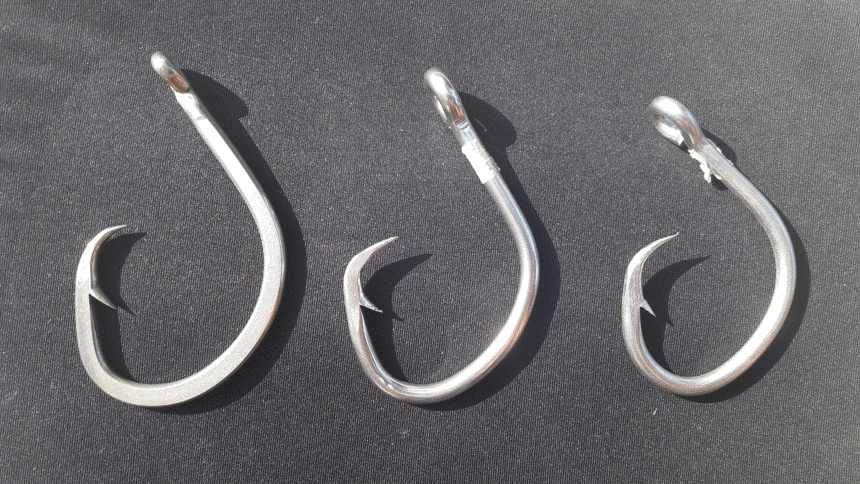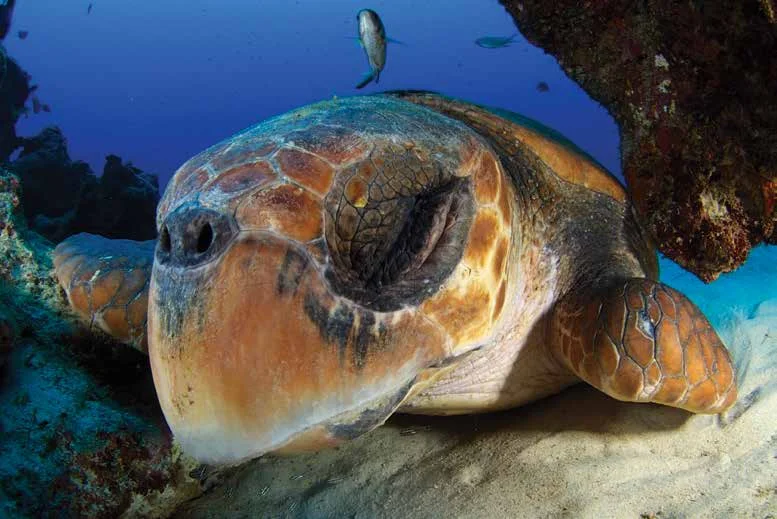The Atlantic Ocean has served as a laboratory for pioneering work to save sea turtles. It is where Professor Archie Carr—and many whom he inspired— first addressed some profound mysteries that had stymied the conservation of such enigmatic marine animals. Loggerhead sea turtles …
Read MoreIncidental capture of sea turtles in pelagic and coastal fisheries (also called bycatch) is arguably the greatest threat to sea turtles worldwide. Yet, until recently, there was practically no information regarding sea turtle interactions with longline fisheries in the southwestern Atlantic Ocean. The first studies about this topic were made public by Uruguayan researchers in 1998, the same year that Brazilian researchers presented a report about the incidental capture of loggerhead turtles by longline vessels in Brazil. Although the government insisted that incidental capture was very low, Brazilian NGOs such as Projeto TAMAR asserted the opposite.
Read MoreOn September 6, 2017, the face of Barbuda changed forever with the arrival of Category 5 Hurricane Irma. Irma left a trail of destruction which exacted a massive cost to local infrastructure, and affected local green and loggerhead turtle populations.
Read MoreFlanking the central coast of the Sultanate of Oman, less than 20 kilometers (12.4 miles) offshore, the dry, rugged desert island of Masirah hosts one of the most important loggerhead turtle rookeries in the world. In 1977, the scent of a major turtle discovery in Arabia had reached the nose of the renowned Dr. Archie Carr. Soon after, a joint initiative of the International Union for Conservation of Nature and World Wildlife Fund was launched, and Dr. James Perran Ross began a pioneering project there.
Read MoreThe Mediterranean Sea is a bountiful yet dangerous place for sea turtles. Characterized by beautiful natural and cultural heritage sites and by rich biodiversity, the Mediterranean is also a troubled and overexploited sea, where sea turtles have a hard time coping with high fishing pressure, gas and oil development, major cross-continental maritime traffic, beachfront and other habitat impacts, and widespread marine pollution.
Read MoreIt has been 20 years since the satellite track of Adelita hit the mainstream media and newly birthed internet, sharing the real-time migration of a loggerhead sea turtle from Baja California, Mexico to Japan with millions of people worldwide. Captured in Mexico’s Gulf of California as a small juvenile and reared in captivity for more than a decade, Adelita couldn’t wait to return home once released. Up to that point, nobody could have imagined that a turtle could swim more than 11,500 kilometers (7,145 miles) in only 368 days…
Read MoreJapanese folklore tells of a fisherman, Urashima Tarō, who rescues a sea turtle from torment and sets him free. In gratitude, the turtle transports the fisherman to a mythical Dragon Palace beneath the sea, where he is welcomed by a beautiful princess. This eighth-century fable sets the cultural backdrop for modern sea turtle conservation in Japan, where community-led efforts have restored once-decimated sea turtle populations.
Read MoreThe loggerhead turtle is categorized as Vulnerable globally by the IUCN Red List, but risks and status vary across subpopulations. In this article, the Marine Turtle Specialist Group summarizes the status of different loggerhead populations worldwide.
Read MoreComing face to face with a living fossil underwater is a unique experience, and prolonged in-water sea turtle observation can teach us new and unexpected things about turtles that will help us to conserve them and their ocean habitats.
Read More









